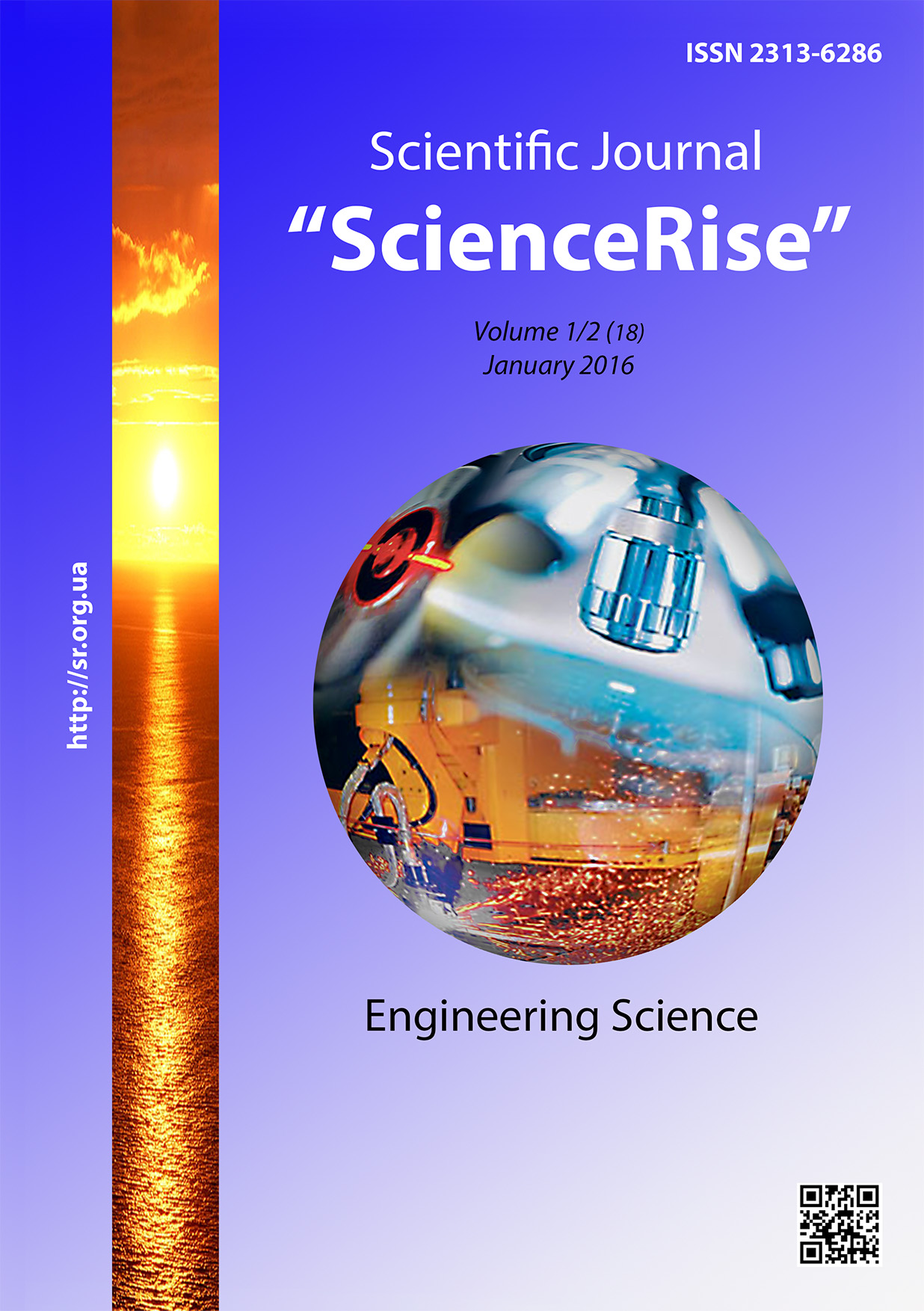Методика эффективного использования инструментов Google Analytics
DOI :
https://doi.org/10.15587/2313-8416.2016.58765Mots-clés :
методика, конверсия, сайт, поисковая оптимизация, трафик, web-аналитика, цель, источникRésumé
Проведено исследование современных инструментов Google Analytics, определены эффективные каналы привлечения пользователей и выявлены «узкие» места. Предложена методика эффективного использования инструментов Google Analytics, основанная на анализе основных показателей трафика, а также глубоком анализе целей и их последующей настройке. Методика позволяет повысить конверсию сайта и может быть полезна для специалистов в области поисковой оптимизации и web-аналитики
Références
Ashmanov, I., Ivanov, A. (2008). Optimization and promotion of websites in search systems. Sankt-Peterburg, 400.
Koshik, A. (2011). Web Analytics 2.0 in practice. Subtleties and best methods. Moscow: LTD «I. D. Williams», 528.
Hunt, B. (2012). Conversion of the site. Turn visitors into buyers. Moscow: Piter, 288.
Eisenberg, B. (2011). Add to a cart. The key principles of increasing the conversion of the site. Moscow, 209.
Clifton, B. (2014). Google Analytics for professionals. Moscow: Williams, 608.
Hassler, M. (2010). Web Analytics. Moscow: Eksmo, 432.
Kholmogorov, B. (2001). Internet Marketing. Short course. Sankt-Peterburg 136.
Kotler, F. A., Keller, K. J. (2007). Marketing. Menedzhment. Sankt-Peterburg: Piter, 816.
Zisser, U. (2007). Marketing on-line: how to turn the site of the company into an effective instrument of sales. Minsk: Grebtsov's publishing house, 304.
Yakovlev, A. (2007). Promotion and advance of sites: bases, secrets, tricks. Sankt-Peterburg: BHV-Petersburg, 336.
Téléchargements
Publié-e
Numéro
Rubrique
Licence
(c) Tous droits réservés Олеся Николаевна Кадушкевич, Ирина Николаевна Егорова 2016

Cette œuvre est sous licence Creative Commons Attribution 4.0 International.
Our journal abides by the Creative Commons CC BY copyright rights and permissions for open access journals.
Authors, who are published in this journal, agree to the following conditions:
1. The authors reserve the right to authorship of the work and pass the first publication right of this work to the journal under the terms of a Creative Commons CC BY, which allows others to freely distribute the published research with the obligatory reference to the authors of the original work and the first publication of the work in this journal.
2. The authors have the right to conclude separate supplement agreements that relate to non-exclusive work distribution in the form in which it has been published by the journal (for example, to upload the work to the online storage of the journal or publish it as part of a monograph), provided that the reference to the first publication of the work in this journal is included.

